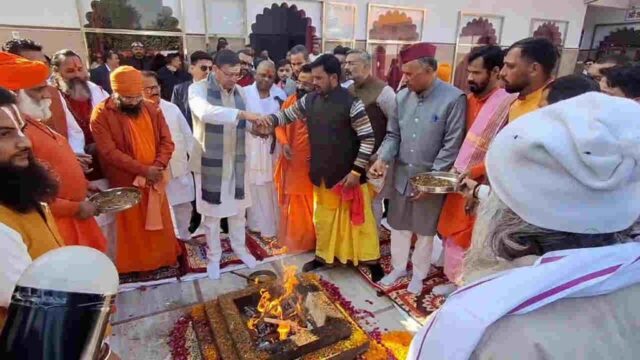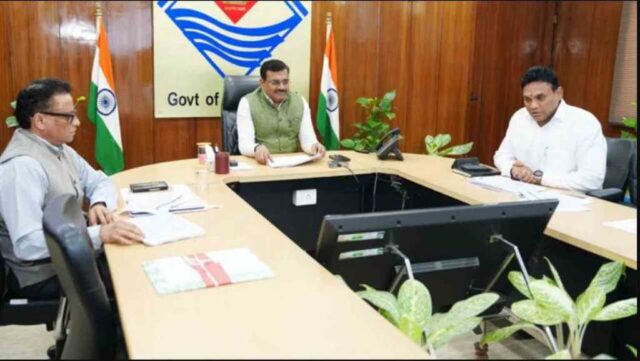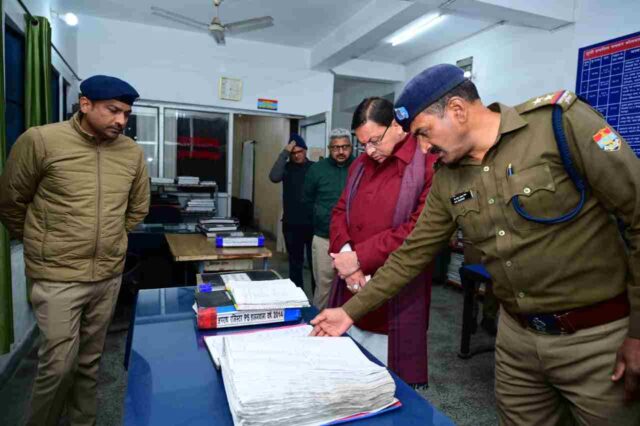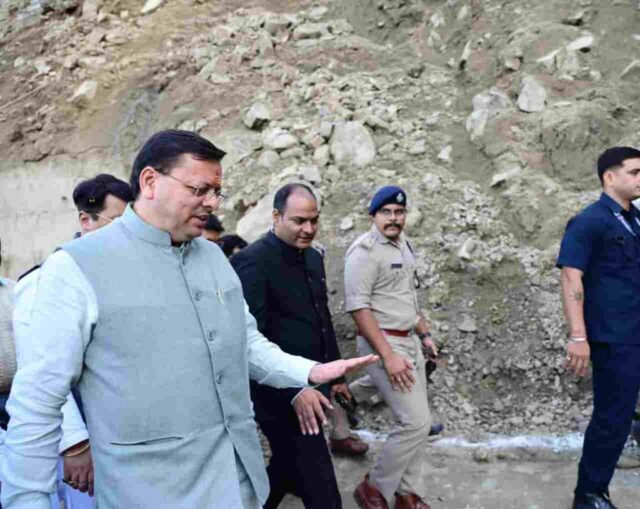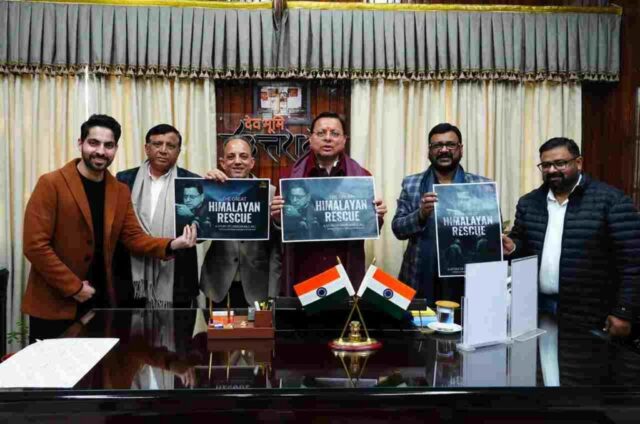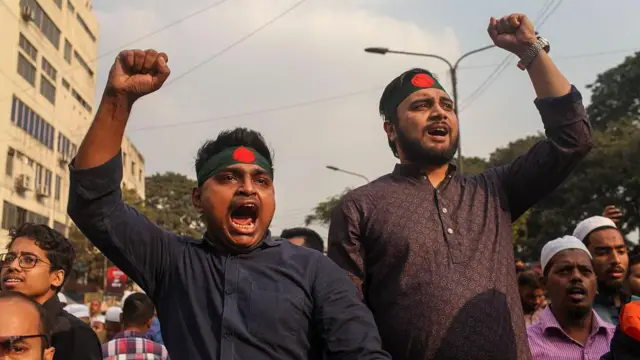Ministry of Tourism to organize conference on Buddhist circuit to boost the potential of Buddhist tourism
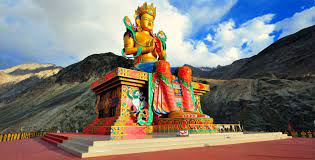
The Ministry of Tourism has started promoting tourism with the participation of industry stakeholders especially after the significant improvement in the COVID situation in the country and achievement of vaccination targets. Both foreign and domestic tourism play a vital role in the overall development and progress of the tourism sector in India. Buddhist tourism is one of the major tourism products that India offers among its diverse tourism products. The Ministry of Tourism conducts various promotional activities to promote tourism and the main objective of these activities is to raise awareness about tourist places, their attractions and products.
To tap the potential of Buddhist tourism, Ministry of Tourism has organized Buddhist Circuit Train FAM Tour and Conference from 04 October to 08 October, 2021. The FAM tour will include visits to major Buddhist sites as well as convention sites in Bodh Gaya and Varanasi. About 125 delegates including tour operators, hoteliers, media and officials from the Ministry of Tourism and State Governments are expected to participate in the event. In addition, around 100 local tour operators and other stakeholders from the tourism and hospitality sector will participate in the event to be held in Bodh Gaya and Varanasi to discuss key issues regarding development and promotion of tourism in the circuit.
India is one of the world’s largest sources of history, culture, philosophy, heritage and religion and these together list the country among the most desired destinations for tourists and pilgrims. India has a rich ancient Buddhist heritage with many important sites associated with the life of Lord Buddha. As a tourism product, Buddhist tourism in India has immense potential. Indian Buddhist heritage is of great interest to the followers of Buddhism all over the world. It remains an important force, inspiration and guide for the great traditions and customs of India. The Ministry of Tourism has taken advantage of these factors to project India as the ‘Land of Buddha’.
Buddhism originated in ancient India more than 2500 years ago and spread to most parts of Asia. With around 500 million followers, Buddhists represent 7 percent of the world’s total population. Sacred sites follow the Buddha’s life cycle, the most important of which are Lumbini (Nepal), the birthplace of the Buddha, Bodh Gaya – where he attained enlightenment, Sarnath – where the Buddha gave his first sermon after attaining enlightenment, also known as Dharmachakrapravartana Known as Kushinagar – chosen by the Buddha for his final departure or Mahaparinirvana, Nalanda – one of the world’s first residential universities and a center of learning, Rajgir – where the Buddha visited the Gridhra Kuta (Vulture Hill) Spent many months meditating and preaching, Sravasti – where he taught many of his suttas (sermons), and Vaishali – where the Buddha gave some of his last sermons. The Ministry of Tourism has planned to cover and develop the following Buddhist sites, namely Bodh Gaya, Nalanda, Rajgir, Vaishali, Sarnath, Sravasti, Kushinagar, Kaushambi, Sankisa and Kapilvastu, in the state of Bihar and Uttar Pradesh. At present, these sites attract about 6 per cent of foreign tourists across the country including Sarnath and Bodh Gaya.
The Ministry has adopted an all-round development strategy, which focuses on improving connectivity through air, rail and roads, enhancing tourism infrastructure and related services, streamlining branding and promotion and showcasing culture and heritage. Under Swadesh Darshan Scheme, 5 projects worth Rs 325.53 crore have been sanctioned for Buddhist circuit development in the states of Madhya Pradesh, Uttar Pradesh, Bihar, Gujarat and Andhra Pradesh and the sanctioned projects are in various stages of implementation. In Varanasi, under PRASAD scheme, works worth Rs 44.19 crore have been sanctioned on three projects. Two projects including a sound and light show at Dhamek Stupa and a Buddha Theme Park, Sarnath have been completed for the development of Buddhist structures at a cost of Rs.9.5 crores.
Apart from the development of tourism related infrastructure under various schemes of the Ministry of Tourism, emphasis is also being laid on promotion of various Buddhist sites in India and overseas markets. As part of the above, India Tourism Offices in overseas markets regularly participate in several tours and tourism fairs as well as exhibitions promoting Buddhist sites in India. In addition, the Ministry of Tourism organizes Buddhist conferences every year except one year to promote India as a Buddhist destination and major markets around the world. The upcoming International Buddhist Conference is scheduled from November 17 to 21, 2021. The ministry has undertaken several projects under branding and promotion, which are currently in various stages of the process, including National Museum, Web Portal, Annual Event Calendar, Social Media Marketing, Vietnam, Thailand, Japan, South Korea, Lanka, etc. As such includes a live virtual exhibition on the campaign in major source markets.
The Ministry of Tourism has featured Buddhist sites on the Incredible India website and has also developed a dedicated website.The purpose of this website is to promote and showcase the rich Buddhist heritage in India and the Buddhist heritage left by his disciples, including modern monasteries, apart from showing the major sites visited by Buddha personally throughout India. The website has many useful features to make the website more interactive and create a deeper attachment for the website visitors. The purpose of this website is to showcase and project the Buddhist heritage in India and to promote tourism to Buddhist sites in the country and to develop friendly relations with countries and communities interested in Buddhism. The website provides an easy way for visitors to learn about the Buddhist heritage and allows tourists to access information based on their preferences. The website is interactive and provides better access to information about Buddhism, Buddha’s footprints, Buddhist heritage, monasteries and many more.
The ministry has also undertaken projects for capacity building, including linguistic tourist facilitator training in Thai, Japanese, Vietnamese and Chinese languages. Between 2018 and 2020, 525 people have been trained in these languages, and 600 more will be trained between 2020 and 2023. This is especially important because Buddhism is spread over a large part of Asia, and East and Southeast Asia alone are home to 97 percent of the world’s Buddhists. Hence it is important to develop linguistic connect with the tourists.
It aims to use tourism to showcase the ancient foundations of the region and embrace the spirit of a New India driven by state-of-the-art digital technologies and with a strong focus on infrastructure development.

